What is the Use of Proclaiming Saints?
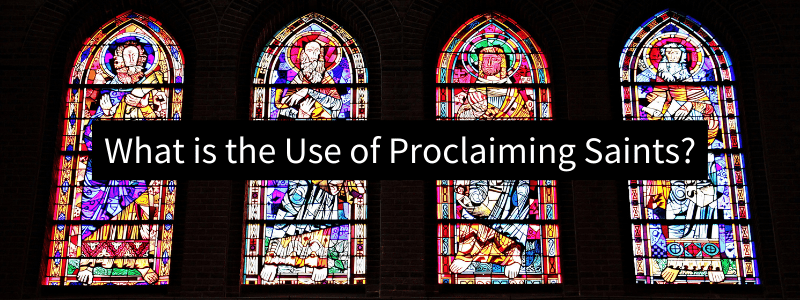
We mention St. Joseph a lot and also Charles de Foucauld, who is set to be canonized in the near future. But why should we care about saints? Why bother with the whole process of canonization, which may seem like a relic from the past? Cardinal Marcello Semeraro, from the Congregation for the Causes of Saints, has an excellent answer:
“To proclaim saints helps convince us that this vocation really exists, that the Gospel works, that Jesus does not disappoint and that we can trust in His word. . . . The saints don’t need our recognition, but when we appreciate them as such, we recognize the presence of God among us, and what can be more beautiful and comforting for a Christian than to feel the warmth of the closeness of the Lord?
“God is love and every expression of authentic charity has His fingerprints. But there are differences. While the heroes of this world show what a person can do, the saint shows what God can do. Canonizing one of its sons or daughters, the church is not exalting a human work but is celebrating Christ alive in him or her. Christian heroism proclaims God and spreads in the world His grace and blessing, which we cannot do without.”
Holiness comes in many forms, which is fortunate for us because we are all called to be saints. Let us pray for each other, and for all people, that we may reach our full stature as children of God. Since November is when we remember in a special way all the faithful departed, let us also pray for those who have gone before us. May we one day stand together in our heavenly homeland, rejoicing with all the saints, knowing at last just how good God is.
The image below is a close-up of one of the tapestries depicting the “Communion of Saints” at the Los Angeles Cathedral. Visit the cathedral’s website to learn more about these beautiful works of art: olacathedral.org/tapestries
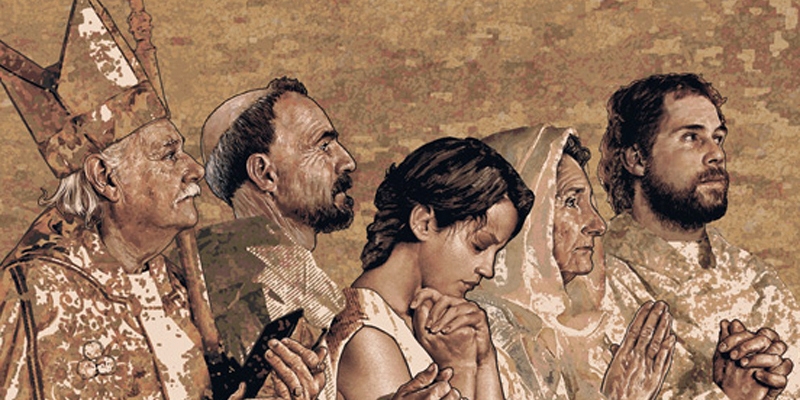
Discovering a New Saint
Thomas Merton, a Trappist monk, wrote the following in his autobiography, The Seven Storey Mountain:
“It is a wonderful experience to discover a new saint. For God is greatly magnified and marvelous in each one of His saints: differently in each individual one. There are no two saints alike: but all of them are like God, like Him in a different and special way. In fact, if Adam had never fallen, the whole human race would have been a series of magnificently different and splendid images of God, each one of all the millions of men showing forth His glories and perfections in an astonishing new way, and each one shining with his own particular sanctity, a sanctity destined for him from all eternity as the most complete and unimaginable supernatural perfection of his human personality. . . .
“The discovery of a new saint is a tremendous experience: and all the more so because it is completely unlike the film-fan’s discovery of a new star. What can such a one do with his new idol? Stare at her picture until it makes him dizzy. That is all. But the saints are not mere inanimate objects of contemplation. They become our friends, and they share our friendship and reciprocate it and give us unmistakable tokens of their love for us by the graces that we receive through them.”
A discovery for Merton was the sanctity of St. Thérèse of Lisieux, the Little Flower. His autobiography contains this admission: “And not only was she a saint, but a great saint, one of the greatest: tremendous! I owe her all kinds of public apologies and reparation for having ignored her greatness for so long.” St. Thérèse became Merton’s new friend in heaven, and as a true friend she was there to help him. “It was inevitable that the friendship should begin to have its influence on my life,” he realized.
Merton entrusted to St. Thérèse the conversion of his brother, John Paul, and her intercession before God proved to be efficacious: shortly before John Paul departed for England during World War II, he visited Merton at his monastery in Kentucky, at which time he was baptized and received his First Communion.
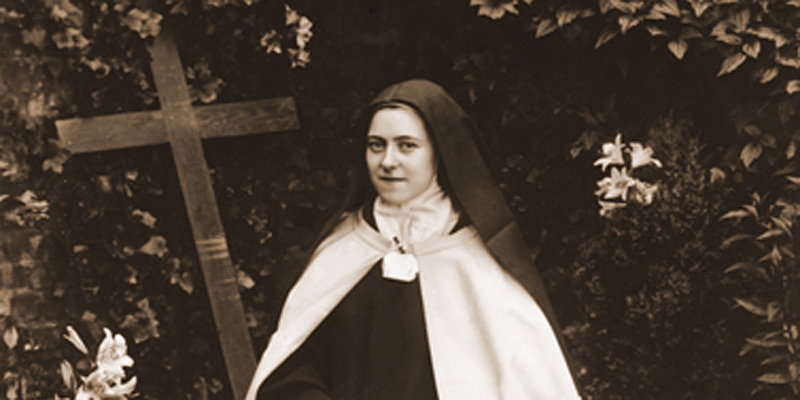
A New Friend to Discover
On October 13, 2021, during an audience with Cardinal Semeraro, Pope Francis authorized the Congregation for the Causes of Saints to promulgate decrees regarding eight people, advancing them along the road to official sainthood.
Of these eight, one is a member of the Br. Charles family: Élisabeth Marie Magdeleine Hutin, who was recognized for her life of heroic virtue and is now honored with the title of Venerable!
Élisabeth was born on April 26, 1898 in Paris, and died on November 6, 1989 in Rome. Inspired by the life and writings of Charles de Foucauld, in 1939 she founded the Little Sisters of Jesus. Her name in religious life was Little Sister Magdeleine.
Today, the Little Sisters of Jesus number about 1,400 women from 60 countries, living in small groups throughout the world. They are noted for their blue habits (the habit of the Little Sisters of Jesus and Mary is based on theirs).
Here is how Little Sister Magdeleine described the life and purpose of her community:
“The Little Sisters ask to be allowed to live as the leaven in the dough of humanity. They desire to integrate totally with other human beings, while leading a deeply contemplative life, like that of Jesus in the carpenter’s shop at Nazareth and on the highways and byways of his public life.
“The Little Sisters identify wholly with the working class, but represent at the same time a bridge between all classes, races and religions. They must be a catalyst for worker and employer, Muslim and Christian, so that each learns to live with the other, loving with a greater love and doing away with all hatred and enmity.
“Their community life should be a living witness to Christian love, ‘Jesus Caritas.’ They will not be cloistered. Their doors will always be open, so that their communities will be a meeting ground for lay and religious who will find there deeper understanding and greater love. The Little Sisters would like to live as one with the working class, in the factories and workshops. They ask for nothing more than to be thought of as ‘workers among workers,’ as they are ‘Arabs among Arabs’ and ‘nomads among nomads,’ so that the light of Christ shines out of them, in humility and silence. In the lives of the Little Sisters we must see, from near at hand, the real face of the religious life and of the Church, the real face of Christ.”
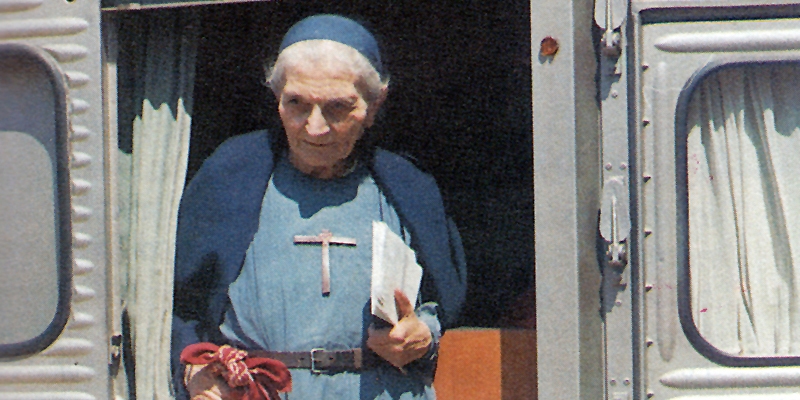
In 1997, her Cause for Beatification was opened and she received the title Servant of God. All of this recognition given to Little Sister Magdeleine is not only a testament to her individual holiness, but an affirmation of the spirituality of Charles de Foucauld and a sign of its vitality. The life of Nazareth leads to sainthood!
The most well-known person recognized on October 13 was Albino Luciani, who in 1978 became Pope John Paul I. Although he was pope for only 33 days, during his ministry as a priest and later as Patriarch of Venice he was known for his humility and his dedication to the poor and disabled. A miracle attributed to his intercession has been accepted, and now Pope John Paul I, “the smiling pope,” will be beatified at a future date and be known as Blessed.
Pope John Paul I had a short prayer that he recited to himself, and it is a good prayer for anyone who wants to be a saint, meaning it should be a good prayer for everyone:
“Lord, take me as I am, with my defects, with my shortcomings,
but make me become as You want me to be.”
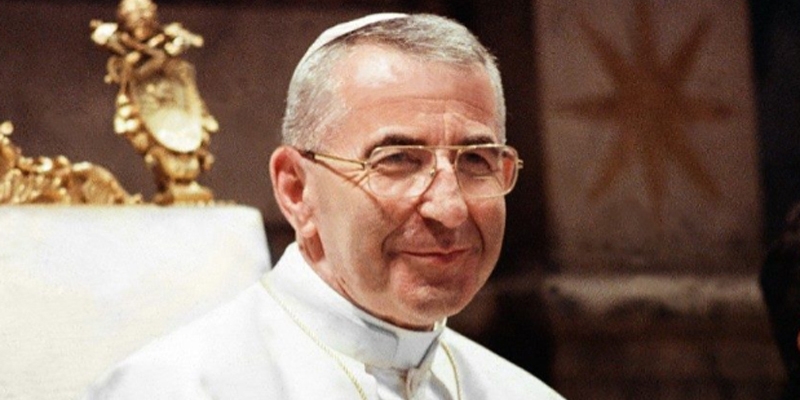
Confused about all of the steps to sainthood? Here is a helpful summary: https://www.solanuscasey.org/about-blessed-solanus-casey/road-to-sainthood/
